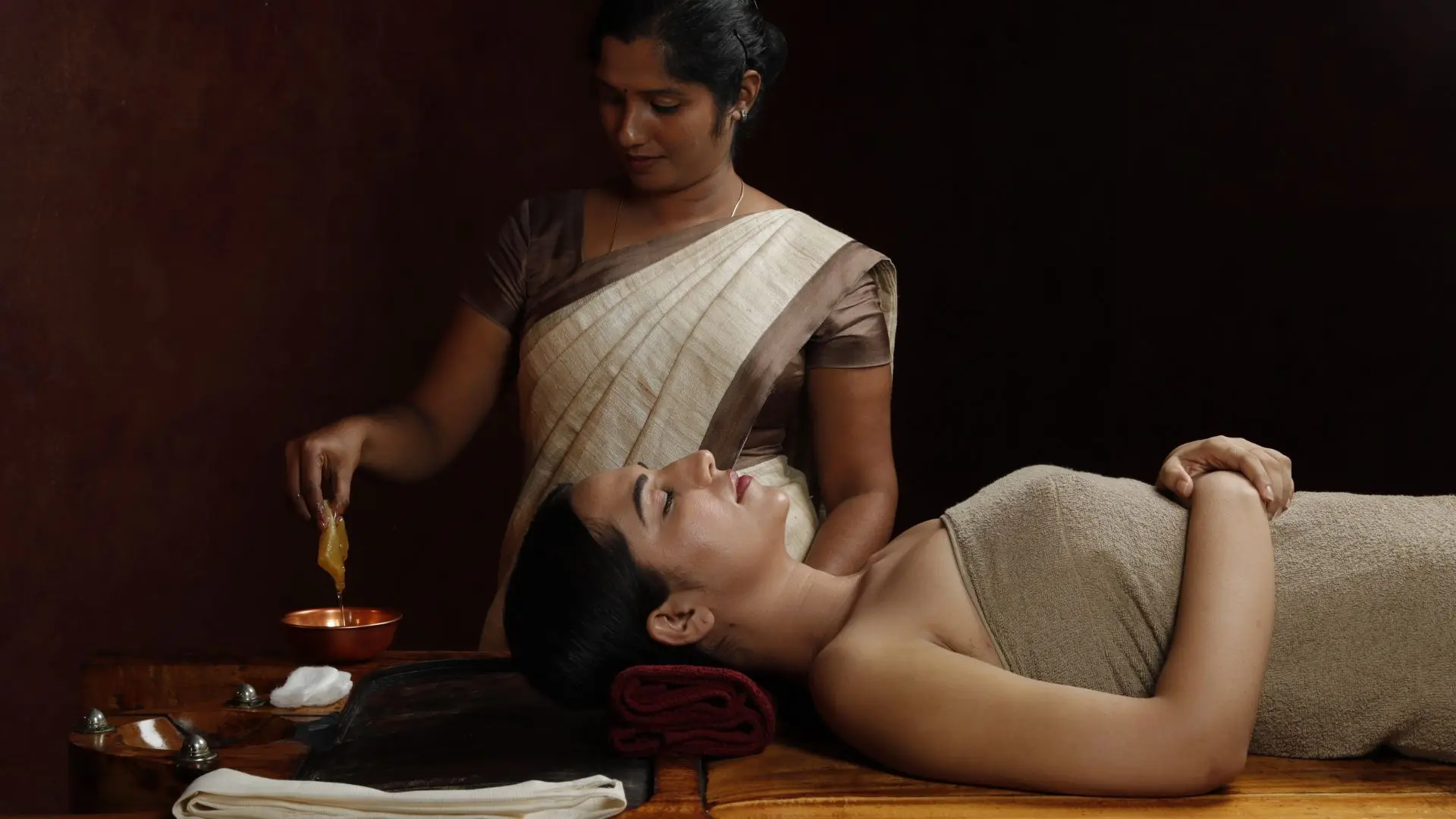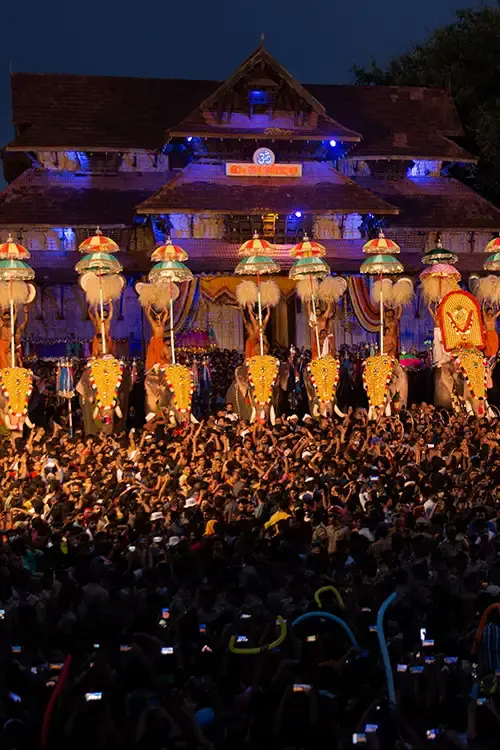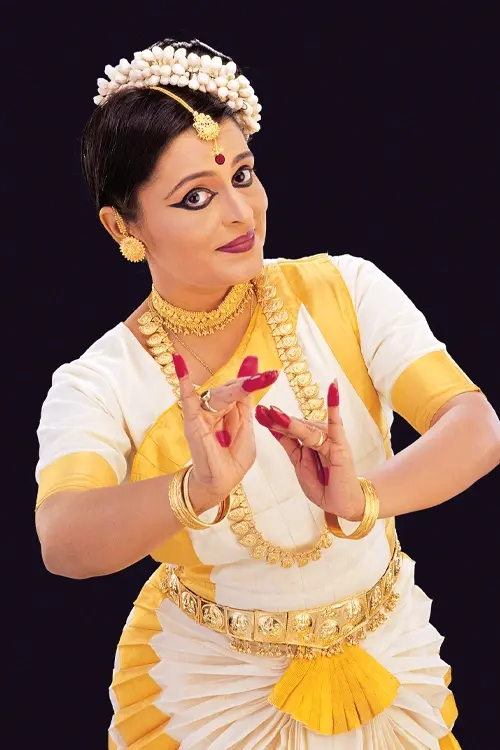Enchanting Kerala
Sarppam Thullal
Published in Newsletter Issue No. 204 - August 2010
Worship of serpent gods has been an integral part of Hindu religious beliefs in Kerala. It is more prevalent in Kerala than in any other part of India. In Hindu families of Kerala, there are serpent gods that are worshiped as the guarding deities. An exclusive place of worship called kavu unlike the traditional set up of a temple also became established, as part of the family-oriented serpent worship in Kerala.
Those who worship the serpent gods also believe that inviting the wrath of the serpent gods would result in disaster for an individual or to the family for whom a particular serpent deity acts as the protector. Such situations often warrant dedicated rituals to pacify the serpent gods in order to restore normalcy. And Sarppam Thullal is one such ritual that has been associated with propitiating the serpent gods.
Sarppam Thullal is usually performed in the courtyards of ancient family houses in Kerala having snake shrines called Kavu set amidst thickly wooded corners. It is an offering to the snake gods, done to appease them and seek their blessings to ensure the well being and happiness of family members. Sarppam Thullal is performed by members of a community called Pulluvar. The male member of this community is called as Pulluvan and the female known as Pulluvathi.
The ceremonies of Sarppam Thullal begin with the drawing of kalam, which is done on the ground, using naturally derived colours to represent the snake god(s). Once the kalam is prepared, the ceremony begins with the playing of Pulluvan Kudam, which is a violin like string instrument, made of an earthen pot with a thick reed arm and strings.
Following the playing of the Pulluvankudam,prayers and offerings are made to propitiate the mythological king of birds - Garuda, considered as one of the nemesis of snakes. The ceremonies would continue with the thaalam pooja, which involves the female members of the Pulluvan community, carrying offerings on a thaalam,which is usually a copper plate.
Next in the course of this ritual is paalum podi pooja done by the Kalathi Kaimal (master of the ritual) to invite the Snake Gods and Goddess Devi to the kalam. This is followed up by the karpoora deepam pooja, which involves lighted camphor.
The end of karpoora depam pooja signals the beginning of thiri uzhichil, which is one of the spectacular sights in the entire course of the Sarppam Thullal ritual. This is done to please the God of Fire. Following the thiri uzhichil ceremony, the kalam pattu, which will have the pulluvan and pulluvathi singing songs to seek the blessings of Lord Ganapati, followed by songs sung in praise of various Snake Gods.
The conclusion of the kalam pattu marks the beginning of the final act of the Sarppam Thullal ritual called kalam mayikkal,which means erasing of the kalam (floor drawing). By sitting at one end of the kalam, the female members of the pulluvan community, holding stalks of coconut flower, would start moving in a trance and would wipe out the entire drawing on the ground and pronounce the outcome of the ritual.
In Kerala, Sarppam Thullal can be witnessed in households and also during festival occasions, when it is staged as a ritual art for the public.
Click here to watch Sarppam Thullal video






